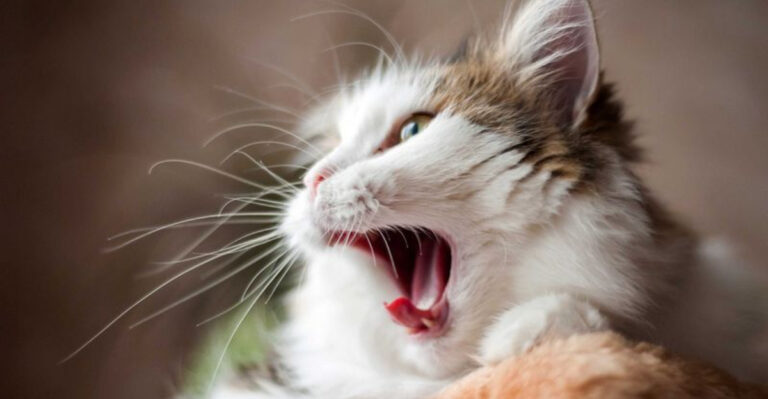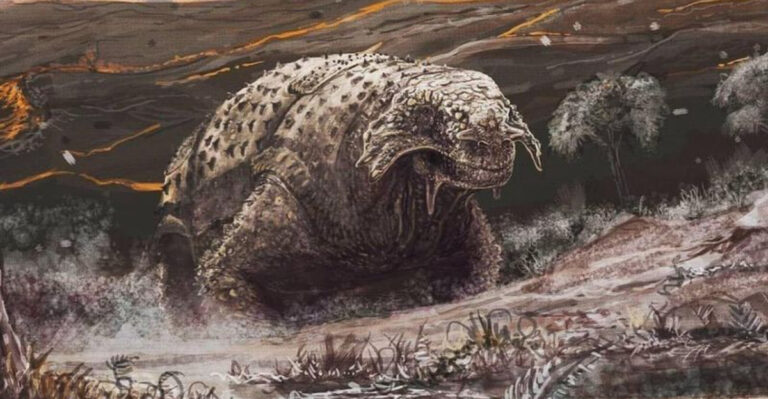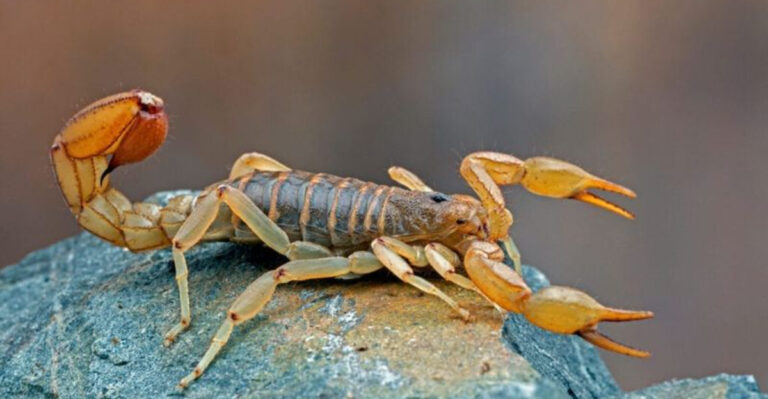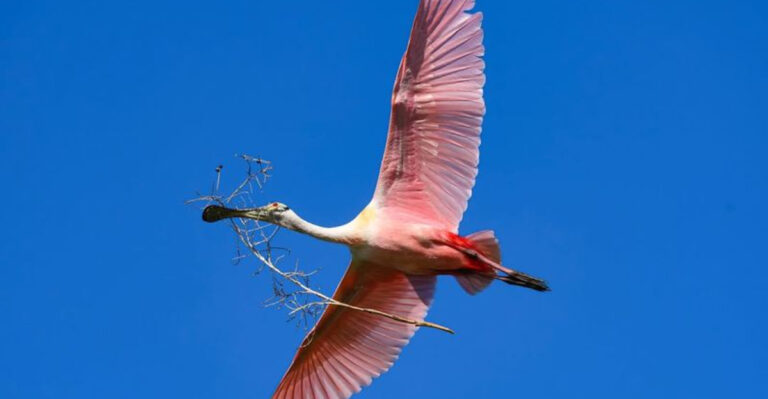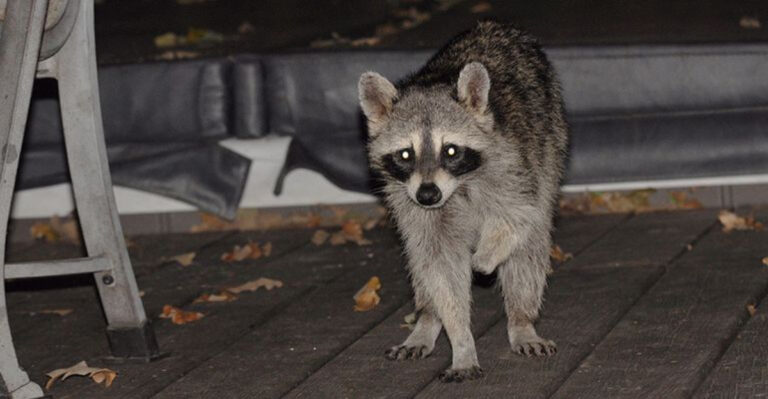15 Wild Animals You Shouldn’t Take Home No Matter How Cute They Are
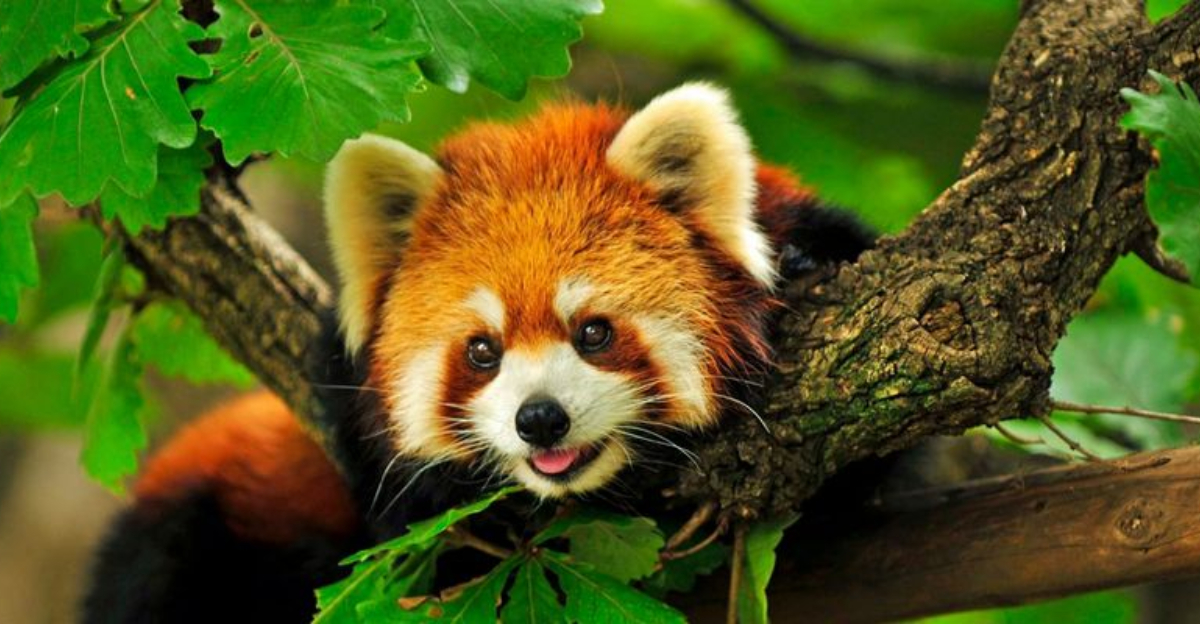
Ever heard of a creature so charming that you’d want to squeeze it silly, only to discover it’s better left alone? Our planet is full of such cuties.
While some of these animals might look like they belong in a Pixar movie, their wild nature means they’re better admired from afar.
1. Raccoon

Ever seen a raccoon’s tiny hands? They’re like nature’s version of a locksmith’s toolkit! While raccoons look like adorable little bandits with their black masks, bringing one home is a whole different story.
Imagine waking up at 3 AM to the sound of your cupboards being ransacked. Yep, that’s raccoon life for you!
Beyond their cute appearance, these creatures are famously mischievous and will explore every nook and cranny of your home. Best leave them in the wild where they can roam freely.
2. Hedgehog

Imagine a tiny, spiky ball with a curious nose poking out—yes, that’s a hedgehog for you!
While they seem like the perfect pocket-sized pet, their nocturnal lifestyle means they’re likely to throw a party while you’re trying to sleep.
Not only do they prefer roaming at night, but their diet of insects might not be the easiest to cater to.
They’re best enjoyed as wild wonders. Enjoy their cuteness through photos or brief forest encounters, and let them frolic in their natural habitats.
3. Kangaroo
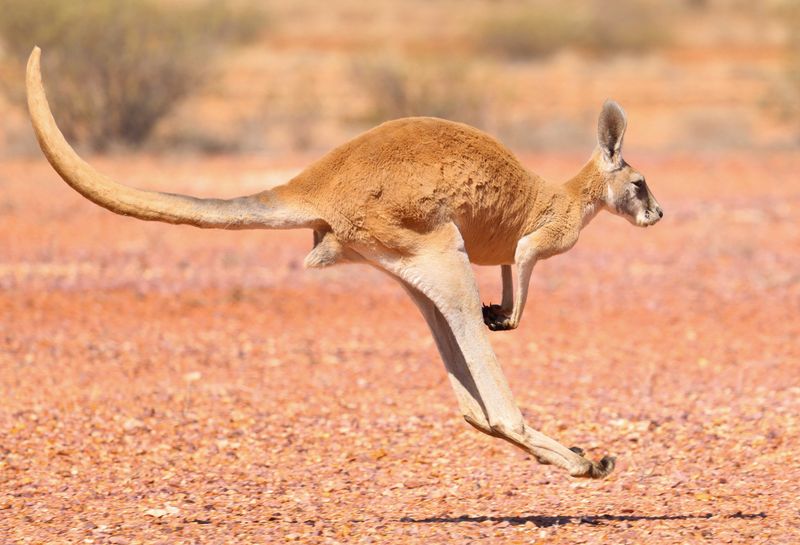
Picture this: your morning jog with a buddy who can out-hop you any day. Kangaroos are iconic, but let’s face it, they’re not your typical backyard buddies.
With powerful legs built for bounding across vast distances, these creatures need the wide-open spaces of the outback.
A suburban backyard just won’t cut it. Plus, their boxing skills? Impressive, but not something you’d want to experience firsthand.
4. Capuchin Monkey
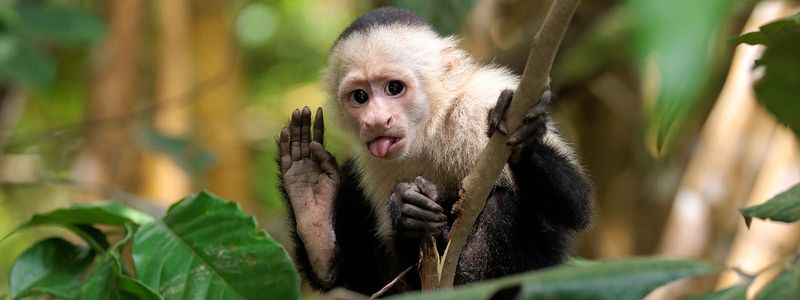
Ever wanted a furry sidekick like Ross from ‘Friends’? Think again! Capuchin monkeys, although undeniably cute, are incredibly intelligent and high-maintenance.
These little primates require constant attention and mental stimulation. Imagine a toddler that never grows up!
With a penchant for mischief and a diet that’s hard to cater to, they’re more than a handful.
Best to admire their playful antics from afar, as they swing through the rainforest, free and unburdened by human constraints.
5. Owlet
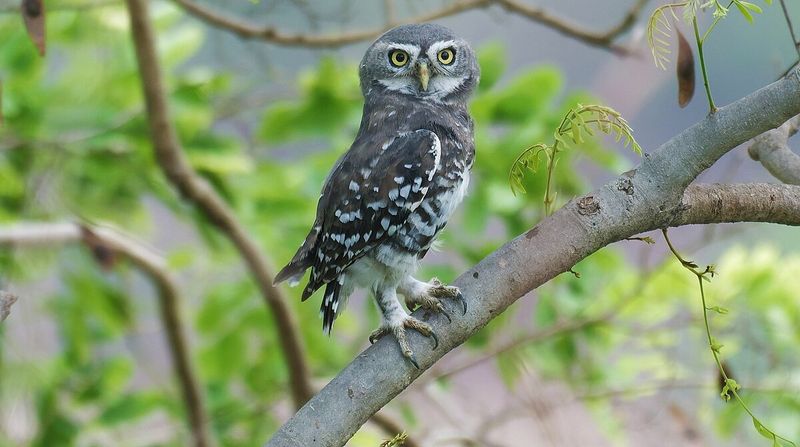
Those big, soulful eyes staring back at you from an owlet might melt your heart! But here’s the twist—these nocturnal creatures are best left to their moonlit adventures.
Owls have superb night vision and thrive in the dark, which doesn’t quite match our daylight-driven schedules.
Besides, their diet of small rodents isn’t exactly easy to accommodate at home. Appreciate their mysterious charm by observing them in the wild, where they can soar under the starlit sky.
6. Red Panda
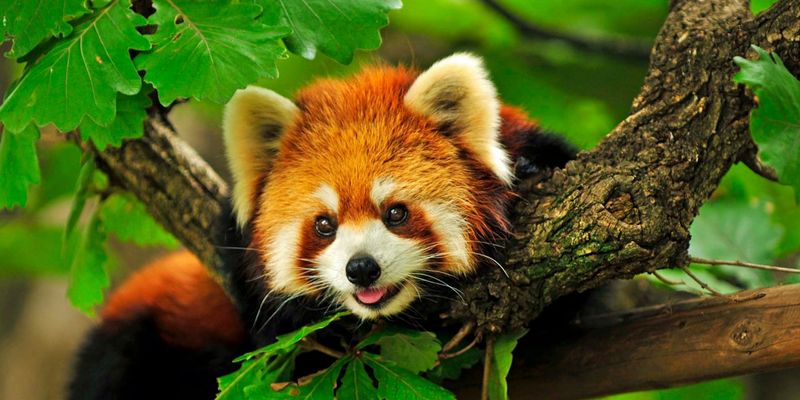
Is it a bear? Is it a raccoon? Nope, it’s the red panda—nature’s own adorable enigma! With its bushy tail and striking red coat, this animal looks like a walking plush toy.
However, its specialized diet of bamboo and specific habitat needs make it impossible to domesticate.
Factor in their quirky, solitary nature, and you have a creature that’s better off admired in its natural Himalayan home. So, as much as you’d love to cuddle one, it’s best left to its treetop adventures.
7. Fennec Fox
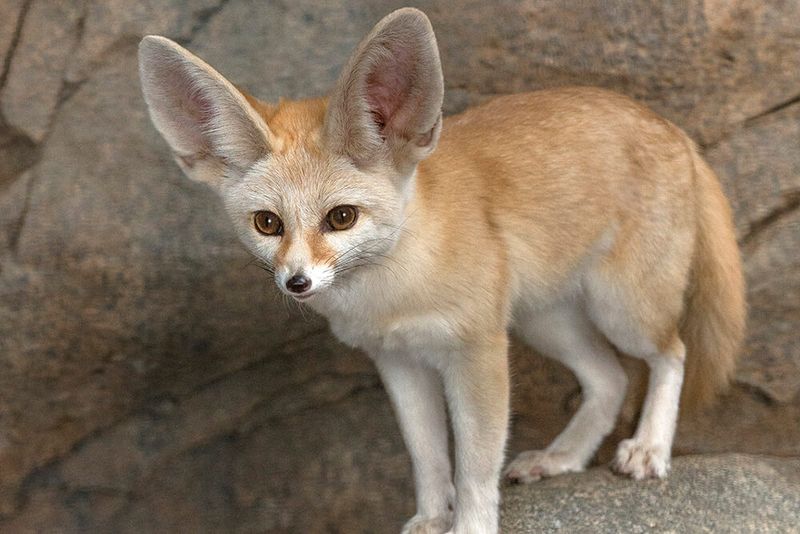
Meet the fennec fox—proof that big ears are totally in fashion! These desert dwellers are adapted to the high temperatures of the Sahara, making your cozy living room feel like an icebox.
With a nocturnal lifestyle and a diet that’s hard to replicate, fennecs are better off staying wild. Watch them skillfully navigate the sands with those huge, expressive ears.
While they might look like pint-sized pets, they’re truly desert royalty, needing the vastness of their natural habitat.
8. Sloth

Ever feel like the world’s moving too fast? The sloth is your spirit animal!
With a pace slower than your Monday morning, these creatures are perfectly adapted to life in the treetops of Central and South American rainforests.
Their leisurely lifestyle doesn’t translate well to our fast-paced human world. Providing the right environment and diet, primarily leaves, is challenging.
It’s better to admire their relaxed charm from afar as they hang out in their canopy homes, embodying the art of taking it slow.
9. Snow Leopard
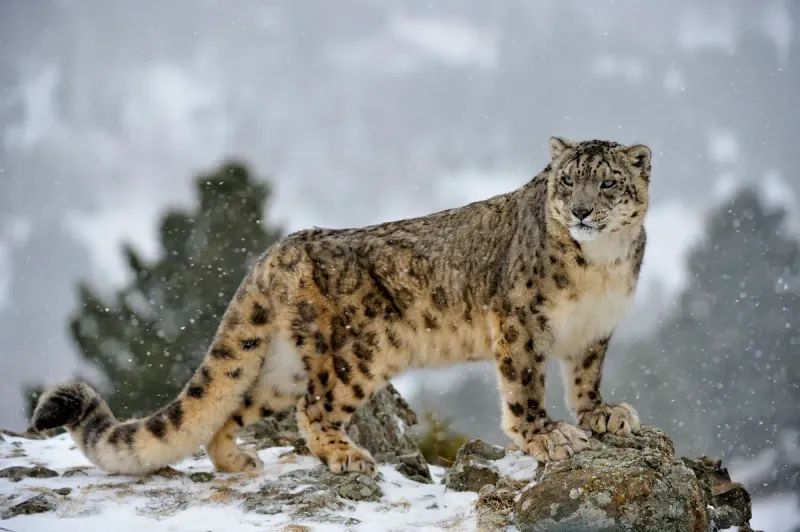
Imagine a cat that’s truly out of your league! The snow leopard, with its luxurious fur and ethereal grace, roams the rugged mountains of Central Asia.
Its solitary and elusive nature makes it a master of the wild. These big cats need vast territories and cold, mountainous environments to thrive, far from any domestic setting.
Although their beauty is mesmerizing, they’re apex predators deserving of freedom and respect.
10. Tasmanian Devil
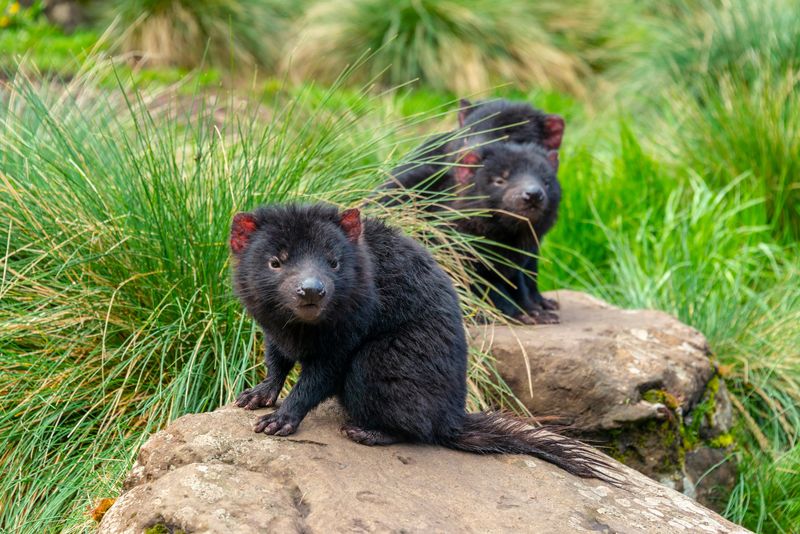
Who would’ve thought the term ‘devil’ could be endearing? The Tasmanian devil, with its feisty personality and strong jaws, is a force of nature.
Despite its small size, it has a voracious appetite and a love for scavenging. Sounds like an adventure, right?
However, its wild, feisty nature and unique dietary needs make domestication impossible. Admire their spirited antics in Tasmania’s forests, where they roam free and wild.
11. Meerkat
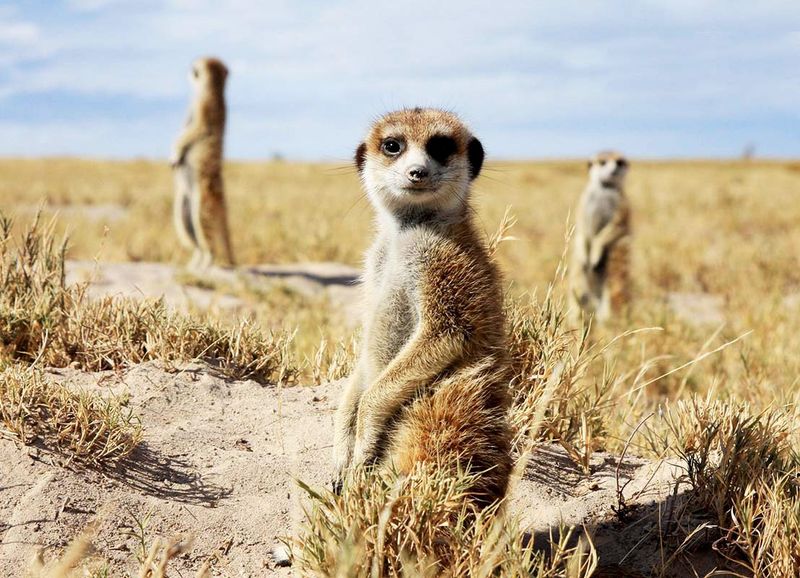
Ever feel like you’re being watched? Meerkats, with their vigilant stare, are the cutest sentinels of the savanna! These social creatures thrive in large family groups, relying on teamwork to survive.
While they may steal the show with their upright postures and endearing antics, they have very specific social and environmental needs.
The wide-open savannas suit them better than any domestic setting. Enjoy their adorable dynamics through nature documentaries or safaris, where they perform best in their natural roles.
12. Porcupine
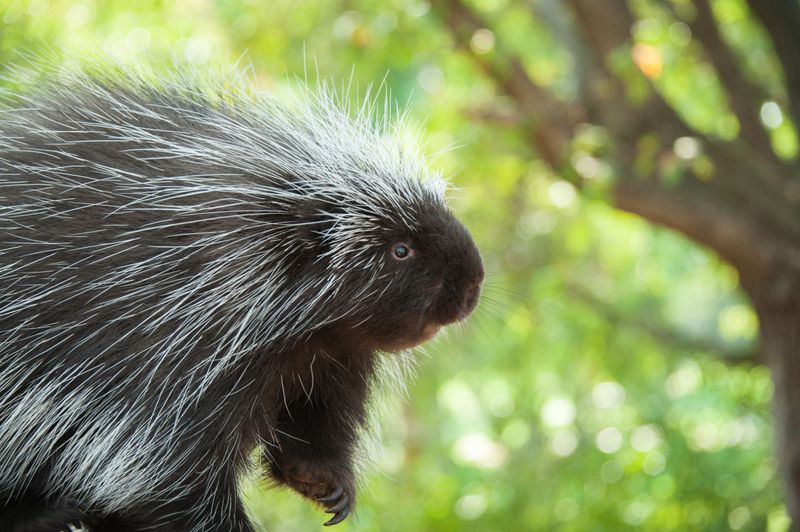
Ever thought a walking pin cushion could be cute? Meet the porcupine! These prickly creatures are more than meets the eye.
While they might not be cuddle-friendly, porcupines have an impressive defense mechanism with their quills.
They thrive in the wild, foraging for food in forests, and their diet isn’t easily replicated at home. Admiring them from a distance is both smart and respectful.
13. Penguin
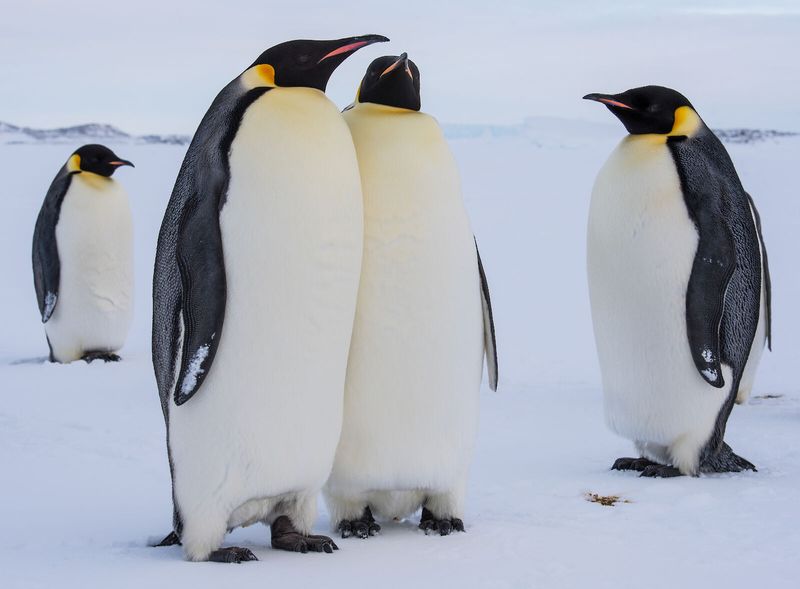
Ever see a bird that flies underwater? Penguins are nature’s tuxedoed charmers who waddle across icy realms.
While they might look like they belong at a fancy dinner party, penguins are superbly adapted to cold environments.
Their diet of fish and need for large, social colonies makes them unsuitable as pets. Observe them in their natural, chilly habitats where they can dive in the ocean and shuffle around with fellow penguins.
14. Armadillo

Here’s a creature that brings a whole new meaning to ‘roll with it.’ Armadillos, with their armor-like shells, are unique to the Americas.
While they look like the ultimate tiny tanks, armadillos need vast ranges to roam and dig. Their digging habits can wreak havoc in domestic gardens, and their dietary needs are complex.
They’re delightful to observe as they forage in the wild, where they are perfectly suited to their environment.
15. Polar Bear
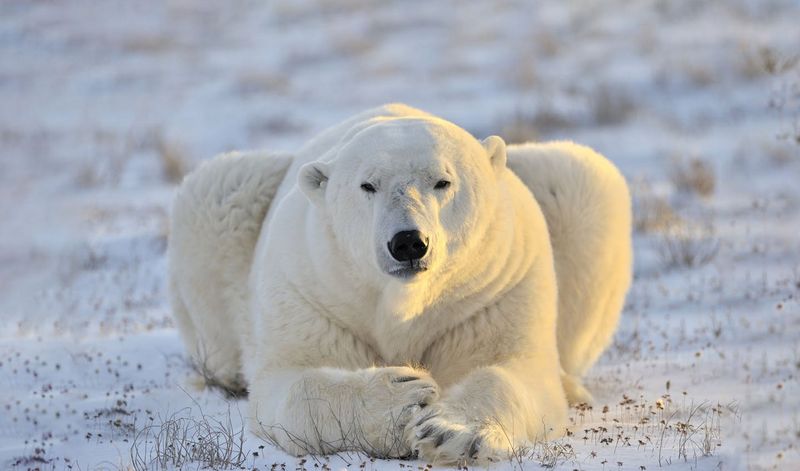
Imagine a teddy bear that’s larger than life and loves the cold! The polar bear is a majestic creature of the Arctic, perfectly adapted to life on ice.
These solitary giants need vast hunting grounds and a diet that consists primarily of seals, making them impossible to keep as pets.
Their striking presence is best admired in the wilderness, where they roam the icy expanses.

